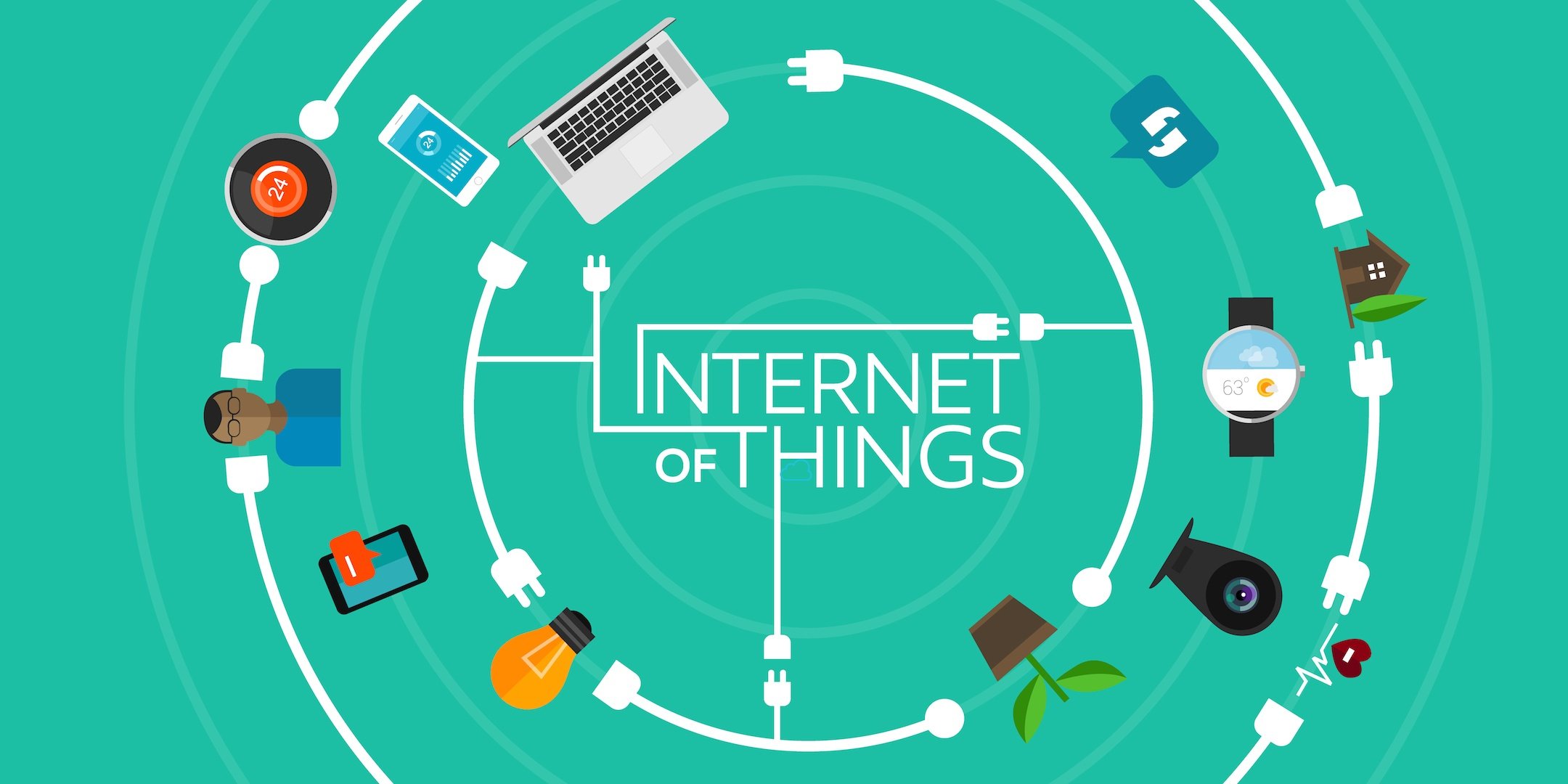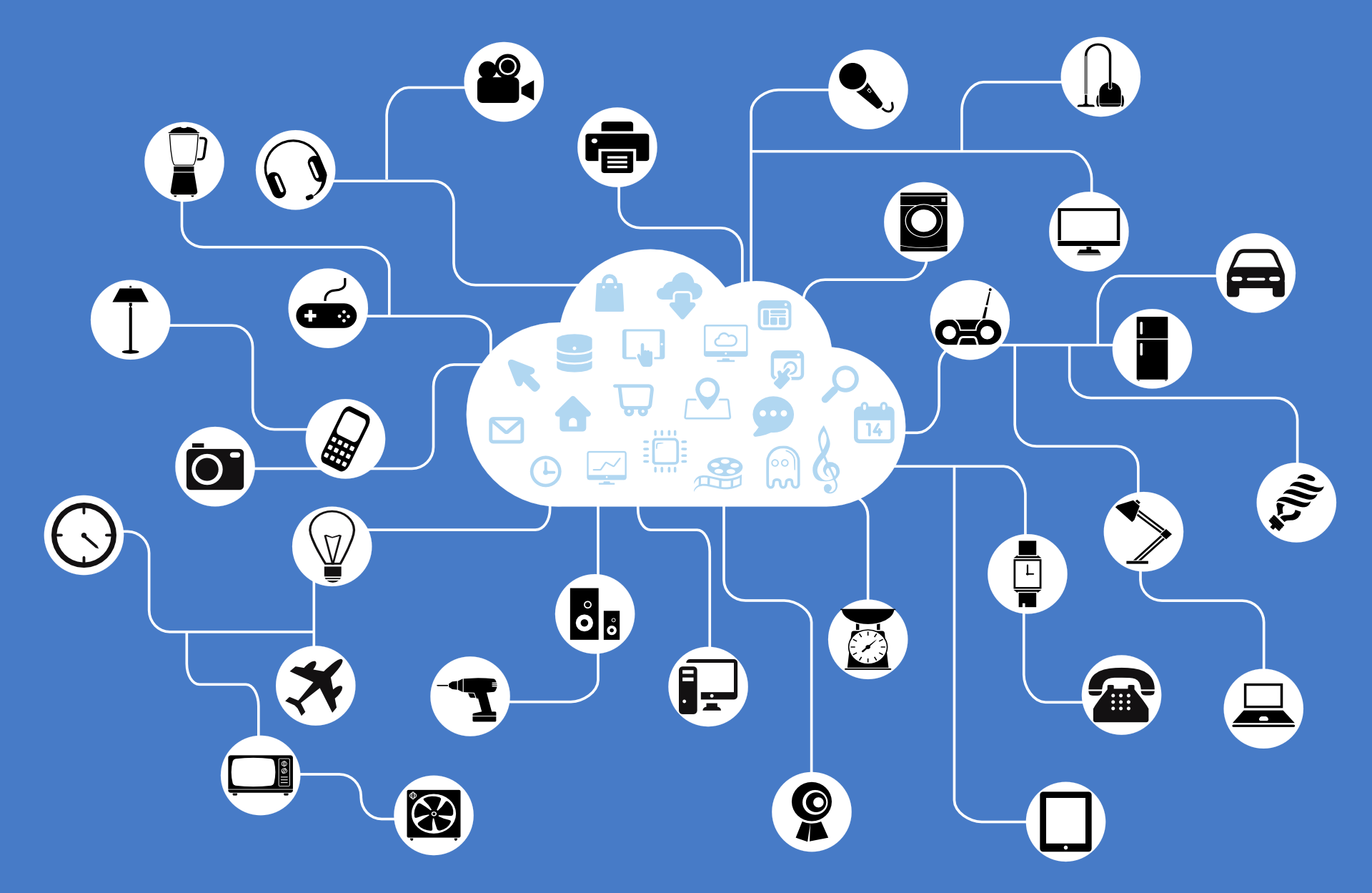How IoT will alter the way of Business Process Management
The Internet of Things (IoT) has become the centre of discussion for many businesses. Today, every business needs more control on data. Nevertheless,...


The Internet of Things, or IoT, applies to the billions of physical devices globally that are now connected to the internet, all of which store and share data. Due to the advent of super-cheap computer processors and the omnipresence of wireless networks, anything can be converted into part of the IoT, from something as tiny as a pill to something as large as an airliner. Systems and artifacts with built-in sensors are linked to an Internet of Things network, which incorporates data from the various devices and utilizes algorithms to exchange the most valuable information with apps designed to address specific needs.
Connecting and attaching sensors to all of these different objects adds a level of artificial sophistication to machines that would otherwise be useless, allowing them to exchange data in real time without needing a human being. The Internet of Things makes the world structure around us smarter and more sensitive, putting the digital and physical worlds together.
Connectivity relates to having a proper connection between all IoT-to-IoT-platform stuff that might be application or cloud. It needs high-speed communications between the devices and the cloud after attaching the IoT devices to allow accurate, stable, and bi-directional communication.
It enables usability and reliability of the network. Usability becomes on a network although reliability offers the universal ability to consume and generate data
The perceptions and the ability to understand the real world and the people around us seem to be taken for granted. Sensing technologies provide the means to create environments that represent a true consciousness of the real world and its people. This is just the real world's analog input but it can provide a rich interpretation of our complex world.
The sensor systems used in IoT technology identify and quantify any environmental change and comment on its status. IoT technology provides the operational networks with responsive networks. Without sensors, an accurate or real IoT system could not survive.
IoT devices should be configured so that they can be quickly scaled up or down as necessary. In general, IoT is used to manage large factories and workstations from smart home appliances, so the usage cases differ in size. A carrier will build the IoT network to match its current and future size of interaction.
The first and foremost move for any IoT usage case is to collect and transform data in such a manner that business decisions can be made from it. During this whole process, different components of IoT need to continuously alter their state. Whether it is a smart house or a farm with smart farming technologies, voicing gives us a means of creating goods that intelligently communicate with the real world.
IoT opens the door to new business opportunities and helps businesses benefit from the new revenue streams that innovative business models and technology generate. IoT-driven developments are building strong business cases, raising time to market and rising investment returns.
The Internet of Things (IoT) appears as the next major technological revolution. A location where computers interact smartly with one another. Smart phones, smart TVs, smartwatches and smart homes can be anything. With the ability to change almost everything IoT impacts the company immensely. In the digital age where things are changing quickly, companies are also moving at a rate to get first spot.
The effect of the Internet of Things on industry in the current scenario is massive. IoT has made it possible to push the company effectively by linking inert devices / sensors to the network and the possibilities of accessing useful data on the internet
For improved customer and industry knowledge, the efficiency of any company can be significantly increased. IoT systems can be combined and regulated to improve efficiency, which in turn has direct effects on the company's profitability. We can do more in less time. IoT apps and appliances allow staff to carry out large-scale activities more quickly. When connected to the internet with a limited number of devices, IoT allows companies to be competitive for real-time business data thus rising operating costs. The distribution network, factory floor, and supply chain data collected can help reduce demand, time to market and repair downtime.
IoT opens the door to new business markets and lets enterprises benefit from the new revenue streams that innovative business models and services create. IoT-driven technologies are building strong business cases, growing time to market and rising investment returns. IoT has the potential to transform the way consumers and businesses view the environment by taking advantage of IoT's reach outside the range.
The same technology that allows users to connect to home-based smart devices will also allow companies to track certain devices. This will be achieved in so much the same way modern vehicles warn the driver when a system fails or the vehicle is due for a repair. If home appliances require fixing or upgrading, customer service networks will be told.
Productivity plays an important part in any business ' productivity. IoT offers workplace just-in-time preparation, increases workforce performance and decreases capability gap while growing corporate effectiveness. Increased resources usage, profitability and workflow efficiencies can save the expense. For starters, predictive analysis and real-time diagnosis push the maintainer down
With the support of data collection and sharing, both companies work and expand and the implementation of IoT has totally changed the way in which data is treated. IoT systems monitor and document trends in which a customer communicates with the products in addition to offering greater access to consumer data.
Increasing the use of smart IoT technologies would transform industry. It will offer better technology and control, which shifts consumer expectations. With the support of data collection and sharing, both companies work and expand and the implementation of IoT has totally changed the way in which data is treated. IoT systems monitor and document trends in which a customer communicates with the products in addition to offering greater access to consumer data.
In fact, IoT can use artificial intelligence (AI) and machine learning to help facilitate and dynamic data collection processes. IoT helps corporations simplify operations and rising labor costs. It also reduces costs and increases service delivery, making it less costly to make and deliver goods, as well as keeping consumer purchases open. As such, IoT is one of the most relevant innovations of everyday life and will continue to pick up momentum as more businesses realize the potential.
IoT allows businesses to reconsider their strategic practices and to give them the tools to develop their business strategies. IoT allows businesses to reconsider their marketing approaches and give them the tools to improve their business strategies.

The Internet of Things (IoT) has become the centre of discussion for many businesses. Today, every business needs more control on data. Nevertheless,...

Internet of things (IoT) is well defined by Information and Communication Technology is a network that is self-configuring in nature and the physical...